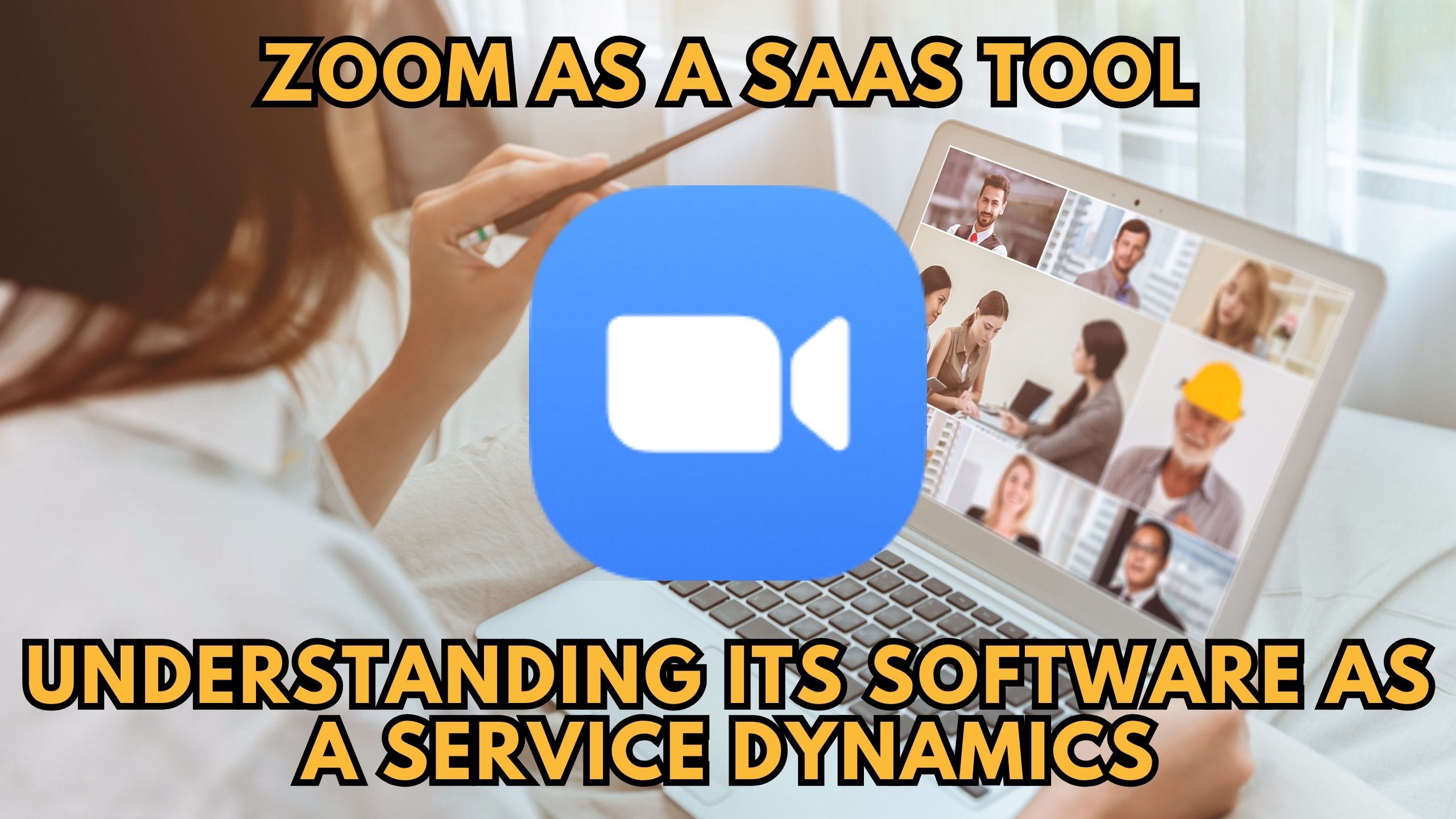Zoom as a SaaS Tool: Understanding Its Software as a Service Dynamics
-


Zoom as a SaaS Tool: Understanding Its Software as a Service Dynamics
In the contemporary landscape of remote work and digital collaboration, Zoom has emerged as a cornerstone SaaS tool, revolutionizing how individuals and businesses communicate, collaborate, and conduct virtual meetings. This detailed exploration aims to shed light on the various facets of Zoom, examining its Software as a Service (SaaS) dynamics and its pivotal role in the realm of modern communication.
1. Zoom’s Cloud-Based Architecture
At its core, Zoom operates on a cloud-based architecture, representing a quintessential example of Software as a Service. Users access Zoom’s functionalities through a web browser or a dedicated application, eliminating the need for extensive installations and allowing seamless collaboration across different devices. This cloud-centric approach ensures that updates and improvements are effortlessly deployed, providing users with the latest features without manual intervention.
2. Real-Time Video Conferencing
Zoom’s primary offering revolves around real-time video conferencing, enabling users to conduct virtual meetings with participants from diverse locations. The platform’s intuitive interface facilitates easy navigation, and its high-quality video and audio capabilities create an immersive meeting experience. This real-time collaboration aspect aligns with the core principles of SaaS, offering users instant access to communication tools without the burden of managing complex infrastructure.
3. Webinars and Large-Scale Events
Zoom extends its capabilities beyond standard meetings to accommodate larger audiences through webinars and virtual events. This feature-rich functionality is particularly relevant for businesses and organizations aiming to engage with a broad audience in real-time. By providing scalable solutions for events of varying sizes, Zoom showcases its adaptability—a hallmark of effective SaaS tools catering to diverse user needs.
4. Integration and Interoperability
One of Zoom’s notable strengths lies in its seamless integration with other SaaS tools, fostering a holistic digital workspace. Integrations with project management tools, collaborative platforms, and document-sharing solutions enhance the overall user experience. Zoom’s commitment to interoperability showcases its compatibility within the broader SaaS ecosystem, where various tools collaborate to streamline workflows and enhance productivity.
5. Security and Privacy Measures
As the importance of data security grows, Zoom has continually refined its security features. End-to-end encryption, meeting password protection, and waiting rooms are among the security measures implemented to ensure the privacy and confidentiality of virtual interactions. This commitment to security aligns with the evolving standards within the SaaS landscape, where safeguarding user data is a paramount consideration.





